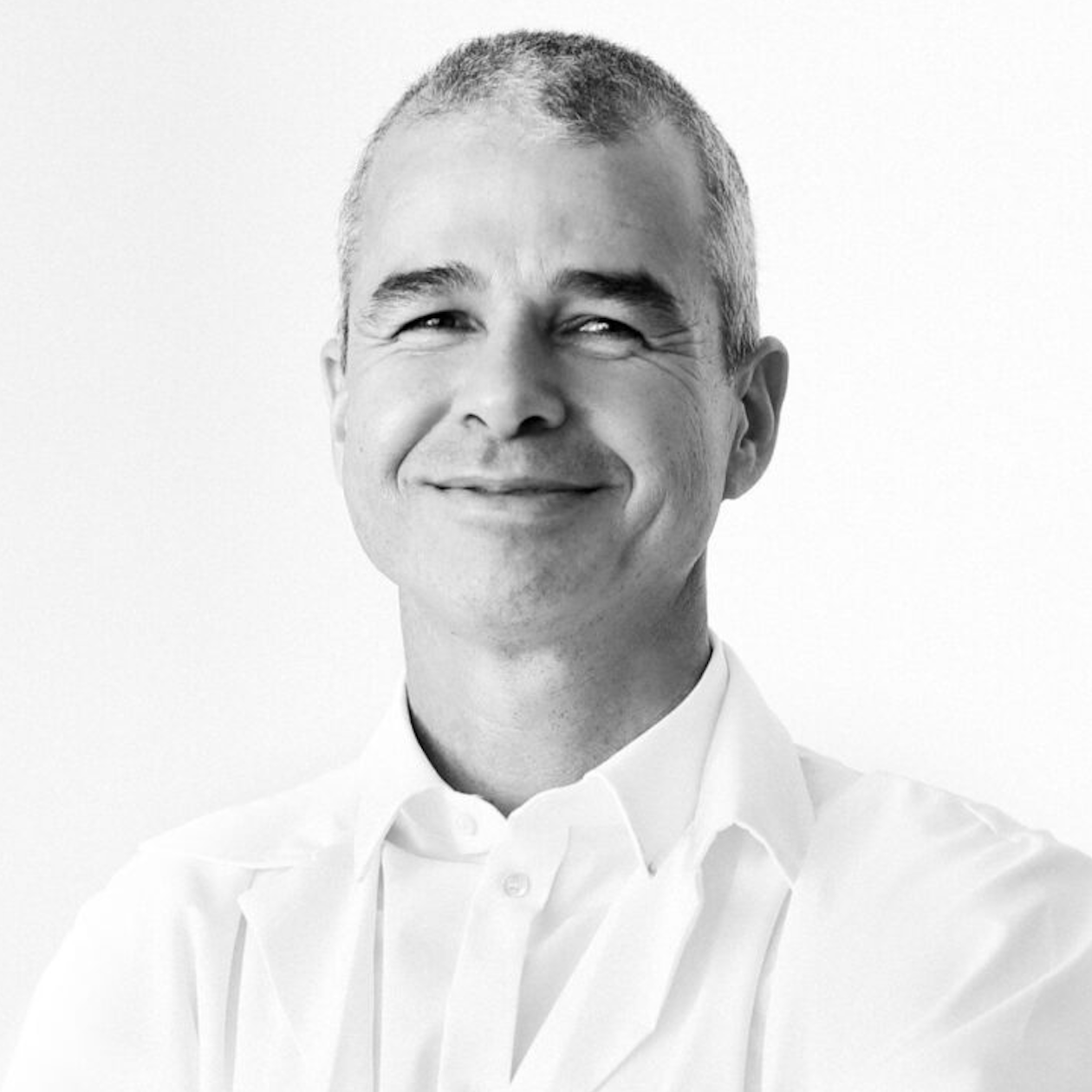Rewiring the Brain Through Oxygen Therapy, With Shai Efrati, M.D.
While many stroke survivors face lasting disabilities, innovative therapies like HBOT are offering renewed hope for cognitive and physical recovery.
By
Lana Pine
| Published on October 30, 2025
6 min read
Shai Efrati, M.D.
Credit: Aviv Clinics

Many stroke survivors face lasting challenges. What kinds of disabilities are most common after a stroke?
Shai Efrati, M.D.: Many stroke survivors face lasting challenges, including physical, cognitive, and speech and language impairments. Common physical disabilities include unilateral paralysis, impaired balance and difficulties with mobility. Cognitive issues often involve memory, attention and concentration problems. Additionally, many survivors experience aphasia, which affects their ability to speak, understand, read and write. Emotional and psychological difficulties such as depression and anxiety are also common. The combination of these challenges underscores the complexity of stroke recovery and the need for comprehensive care.
What new or emerging therapies are showing promise for people who are living with chronic effects of stroke?
SE: Emerging therapies for chronic stroke recovery are showing great promise, especially with the use of dedicated hyperbaric oxygen therapy (HBOT) protocols under professional medical team supervision. At Aviv Clinics, we use a unique protocol of HBOT as one of the main components of a comprehensive medical program. It involves breathing fluctuations of pure oxygen, which in turn enhances oxygen delivery to tissues, stimulating healing and promoting neuroplasticity. This therapy has been shown to improve cognitive, motor and speech functions, offering stroke survivors a new avenue for recovery.
Can you explain how hyperbaric oxygen therapy works, and how it might benefit stroke survivors?
SE: It is important to understand that not all HBOT is the same. To achieve the needed results with respect to repairing damaged brain tissue, it is essential to seek care from a facility that knows how to evaluate the suitability for the treatment, define what is expected to improve and provide medical supervision throughout the treatment process.
At Aviv Clinics, patients undergo a dedicated HBOT protocol to induce the so-called hyperoxic-hypoxic paradox, a specialized protocol, under the direct supervision of a medical professional inside a hyperbaric suite. Stroke survivors breathe pure oxygen through a mask while a hyperbaric technician outside the suite triggers fluctuations in oxygen levels. These fluctuations, along with changes in atmospheric pressure, allow the body not only to absorb more oxygen, which is then delivered through the bloodstream to oxygen-deprived brain tissues, but also to induce the body’s repair mechanisms that include stem cell proliferation and migration, generation of new blood vessels (angiogenesis), reduction of inflammation and improvement in brain cell metabolism.
A key benefit of this treatment is that it can help when the body’s natural recovery process has plateaued. After a stroke, the brain begins its recovery journey, but once this process reaches a certain point (a couple of weeks to 3 months), further progress may be limited. Aviv’s HBOT treatment can push recovery beyond this plateau, enhancing both cognitive and physical abilities. This is why the treatment can still be relevant even months to years after the insult, offering stroke survivors the opportunity for continued improvement. These benefits are crucial for helping stroke survivors regain independence and essential functions, making HBOT a valuable option for long-term recovery.
Beyond therapy, what steps can patients take to protect their brain health in the long term?
SE: Long-term brain health after a stroke can be supported through several key lifestyle choices. Patients should focus on eating a balanced and nutritious diet, rich in vegetables, lean proteins and healthy fats, while reducing their intake of sodium and sugar. Physical activity is also crucial, as it improves cardiovascular health, which in turn supports brain function and reduces the risk of further strokes. Exercise also helps improve balance, which can reduce the likelihood of falls. Additionally, staying mentally active with activities like reading, puzzles or learning new skills can preserve cognitive abilities. For stroke survivors, managing risk factors such as hypertension, diabetes and high cholesterol through regular checkups and medication is essential in preventing future strokes and maintaining overall brain health.
For families supporting a loved one after a stroke, what’s the most important advice you would share?
SE: For families supporting a loved one after a stroke, the most important advice I would share is to approach the recovery process with patience, understanding and compassion. Stroke recovery is often slow and requires a great deal of emotional and physical support. It’s crucial for families to encourage their loved ones to stay engaged in rehabilitation, even on difficult days, and to celebrate small victories along the way. Equally important is self-care for caregivers — maintaining your own physical and emotional well-being allows you to better support your loved one. Lastly, don’t hesitate to seek professional guidance, whether through stroke specialists, therapists or support groups, as these resources can provide valuable assistance and help you navigate the challenges of stroke recovery.

